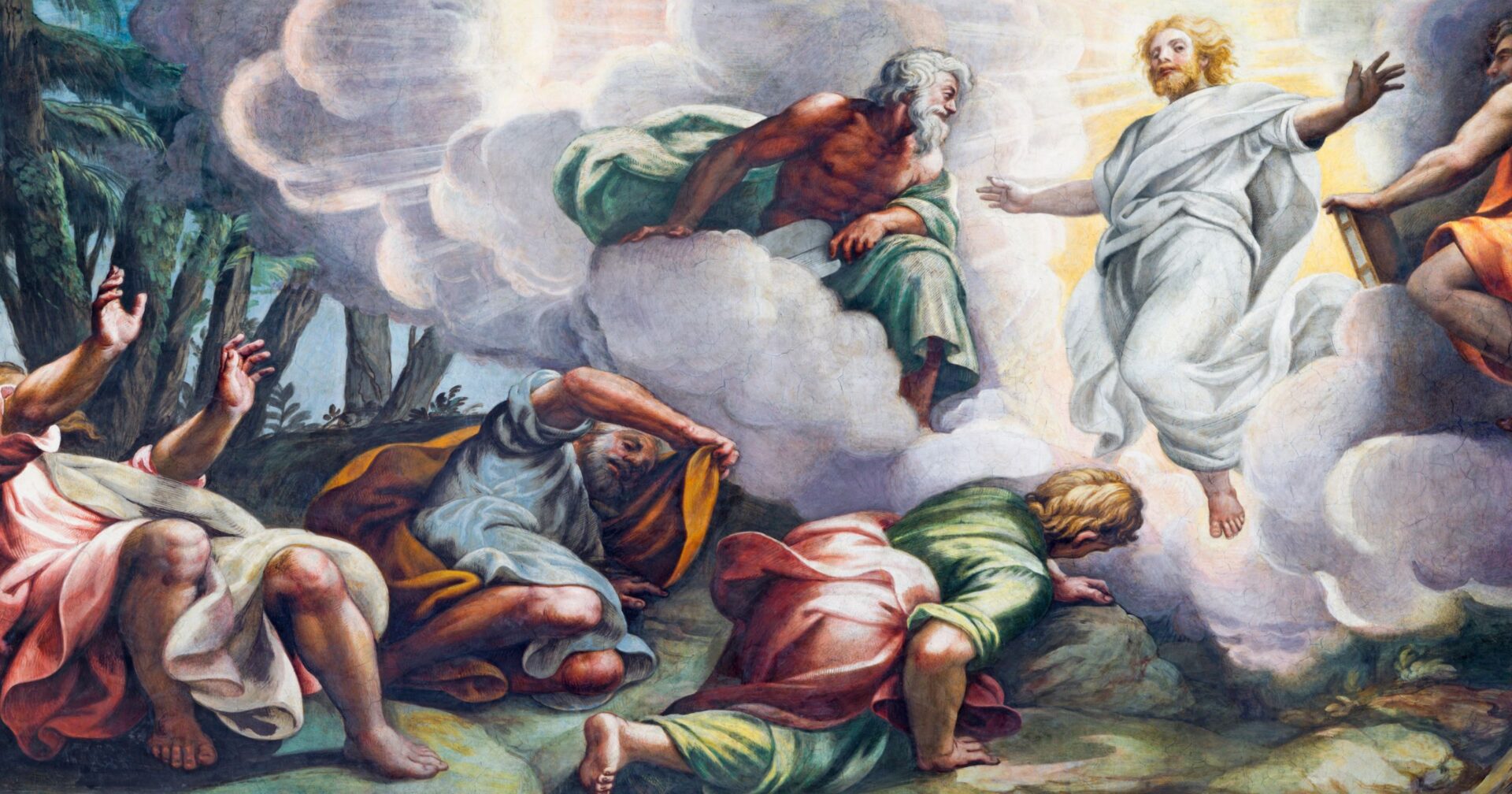The three Synoptic Gospels – Matthew (17:1-8), Mark (9:2-9), and Luke (9:28-36) – all recount the story of the Transfiguration of the Lord. Interestingly, they all place the event after Peter’s affirmation of Jesus as the Messiah and Jesus’ first foretelling of his death. It’s thought that this event might have happened during the Jewish Feast of Booths, based on Peter’s inclination to build tents on the spot.
However, trying to fully understand the disciples’ experience of the Transfiguration is a challenge. This is because the Gospel accounts draw heavily from Old Testament depictions of God’s encounter at Sinai and prophetic visions of the Son of Man. It is clear that Peter, James, and John witnessed a glimpse of Jesus’ divine nature so powerful that it instilled fear in them. Describing such an overwhelming experience is difficult, so they used known religious terminology. Jesus, for certain, warned them that his glory and suffering were intertwined, a theme that the Gospel of John underscores repeatedly.
Mount Tabor is traditionally believed to be the location of the Transfiguration. The first church there was built and dedicated on August 6 in the fourth century. The Eastern Church started celebrating a feast in honor of the Transfiguration from around the same period. The Western Church began to observe it in some areas by the eighth century.
A significant event in history also falls on August 6. On this day in 1456, Crusaders won a victory over the Turks at Belgrade. Upon receiving news of this victory in Rome, Pope Callistus III decided to add the feast of the Transfiguration to the Roman calendar the following year.
Editorial credit: Renata Sedmakova / Shutterstock.com

















I really like what you guys are up too. This type of clever work and reporting!
The Holy Spirit is Great.
I am curious as to why Bible scholars find it hard to reconstruct the experience. If all three Syntopic Gospels agree and Peter’s second letter also outlines the same basic points, what are Biblical scholars looking for? The apostles were steeped in Jewish tradition, steeped in the Old Testament. Perhaps they did express the experience in those terms but, perhaps, that was because they experienced the Transfiguration exactly as described.
O Jesus, Son of God, we praise You.
Thank you Jesus for coming to save us from the terrible fires of hell. I LOVE YOU LORD JESUS CHRIST, thank you for LOVING ME. AMEN
Oh Lord I am brokenhearted and my spirit is of great weight please don’t forget me when you gather your faithful because I am yet a sinner..
Lord almighty, pray for us!
The Transfiguration of our Lord… help us to experience O my Jesus.
Thank You, God the Father Almighty, for fulfilling Jeremiah 31:31 and all other prophecies of Your Son Jesus Christ, servant of suffering and our Redeemer. Elijah brings these Prophets into focus alongside the Law of Moses, to demonstrate this final perfect covenant. Unified Old+New Testaments signify the full story of promises kept and are as relevant today as when initially written. The Word Made Flesh. Let us never forget that earthly existence is empty without Christ to connect us to the Father. Let our eyes seek Heaven and our hands seek service. Amen.
Well spoken!